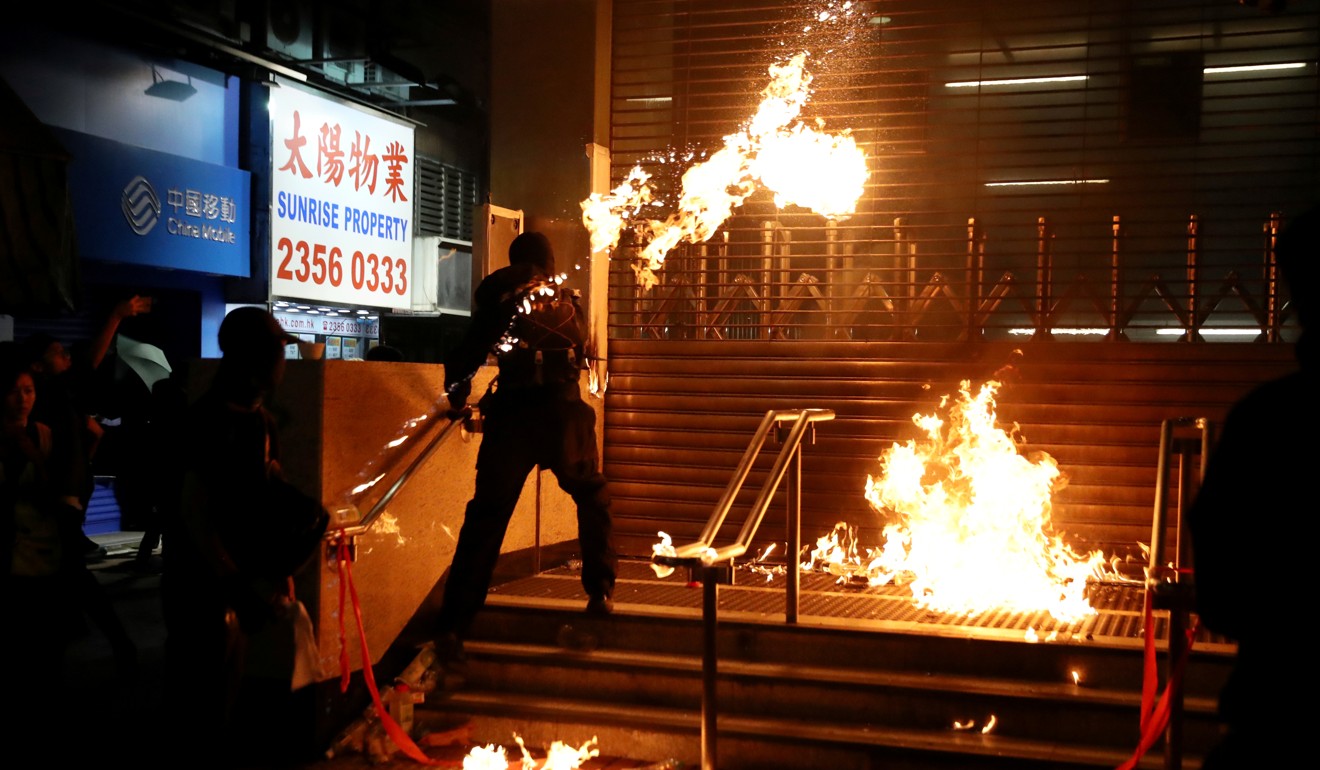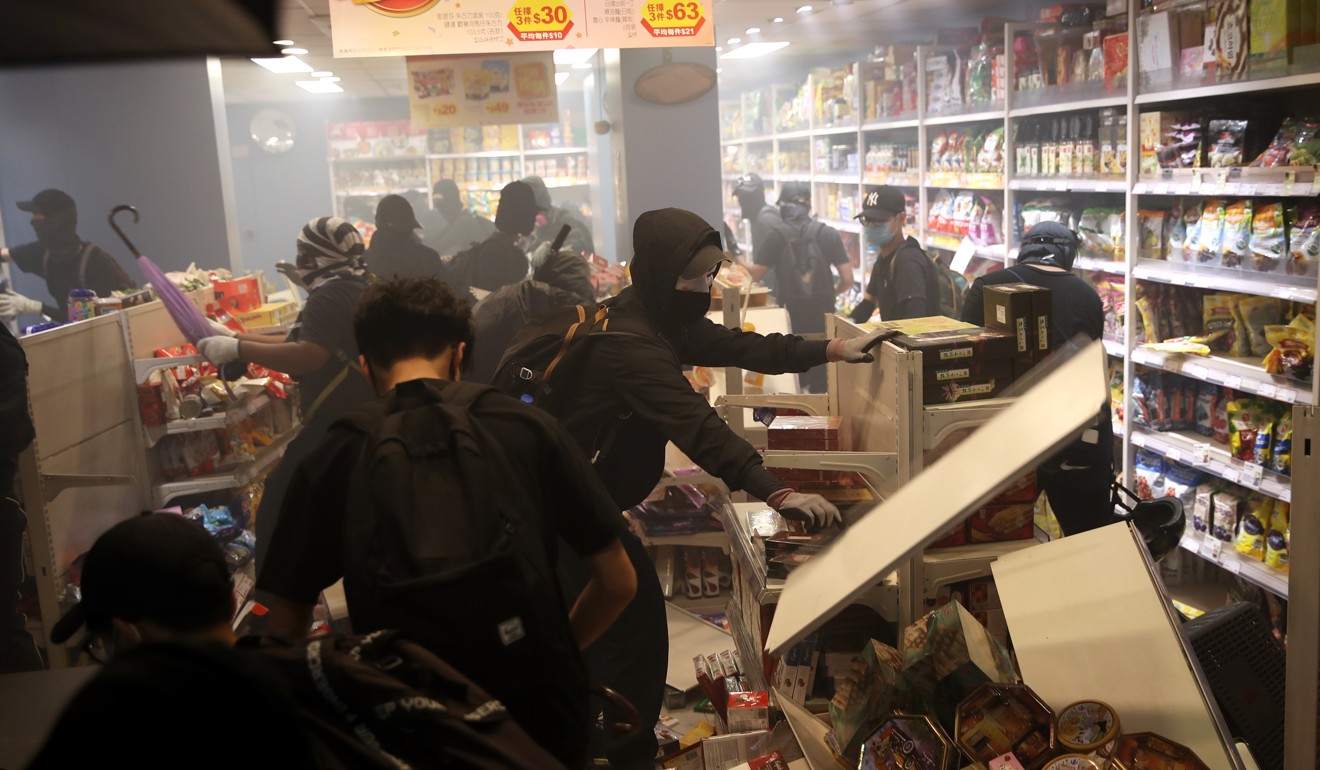
The extent of Hong Kong’s crisis: let the numbers do the talking
- Just how bad has it become in the city? Yonden Lhatoo says the numbers tell the story after six months of mass protests, street violence and social strife, with no end in sight
Sometimes, simple numbers can tell a story louder and better than words.
Six months into the biggest political and social crisis Hong Kong has ever experienced, there’s still no glimmer of light at the end of the pitch-black tunnel we’re trapped in, no silver lining to the clouds that have blotted out our horizon, only deeply divided views as to what or who is wrong. And cold, hard statistics that speak for themselves.
Since the mass protests first broke out in June, triggered by the government’s ill-fated extradition bill, more than 900 demonstrations, processions and public assemblies have been held across the city. Keep that in mind when talking about how much freedom we have – or don’t – in Hong Kong.
With many of these gatherings descending into street violence by a radical minority, police have arrested well over 5,800 people. That surpasses the total of just under 4,500 for the 1967 leftist riots, considered Hong Kong’s worst-ever disturbance.
The youngest arrested so far is aged just 11 years and the oldest, 83, testament to the extent of public participation in this revolution and representative of a wide demographic ranging from prepubescent children to venerable octogenarians.

More than 900 have been charged with offences such as rioting, assault, arson, criminal damage, weapons possession and unlawful assembly.
Over the past six months, riot police have fired a whopping 10,000 rounds of tear gas, 2,300 of them on a single day across seven districts. Obviously this has sparked alarm over the impact on public health, but if our government is to be believed, protesters setting fire to rubber and plastic barricades are more to blame for the proliferation of toxic dioxins in the air and family barbecues can be just as bad.
To date, police have also fired 19 live rounds, three of which hit protesters during clashes. All gunshot victims have been discharged from hospital, which is a miracle of sorts, considering how intense and incredibly dangerous many of these confrontations have been.
Hospitals have treated around 2,600 injured people so far, including 470 police officers. That’s in a city of more than 7.4 million, policed by a 30,000-strong force that is struggling to restore order. More than 2,100 complaints have been made against police over their handling of the protests, hundreds of which were filed by individuals claiming to have been brutalised or mistreated.

At the Hong Kong Polytechnic University, where police were accused of traumatising students and interfering in academic freedom by besieging the campus for 12 days, they seized 3,989 bottles of petrol bombs, 1,339 pieces of explosives, 601 bottles of corrosive liquids and 573 other weapons – all to be used to achieve greater democracy, apparently.
A tally at the end of October showed that vandals had caused extensive damage at 85 out of 94 MTR stations and 60 out of 68 Light Rail stops, setting fires, smashing equipment and ripping out fixtures. More than 1,600 turnstiles, 960 ticketing and add-value machines, 1,100 CCTV cameras, 125 lifts and escalators, 1,060 glass panel walls and 130 sets of roller shutters were vandalised.

Over the same period, the freedom fighters dismantled 45.6km of railings along walkways and dug up around 2,900 square metres of paving blocks on footpaths to block roads and hurl at police.
They have also, until now, trashed 730 sets of traffic lights to varying degrees across the city, but the authorities have managed to repair 680 of them already, which speaks volumes about the resilience and efficiency that this city is famous for. And tolerance, we might add.
When chewing on and digesting these numbers, let’s keep in mind that it has already been half a year of this now. Which other developed city in the world would put up with so much for so long?
Yonden Lhatoo is the chief news editor at the Post

